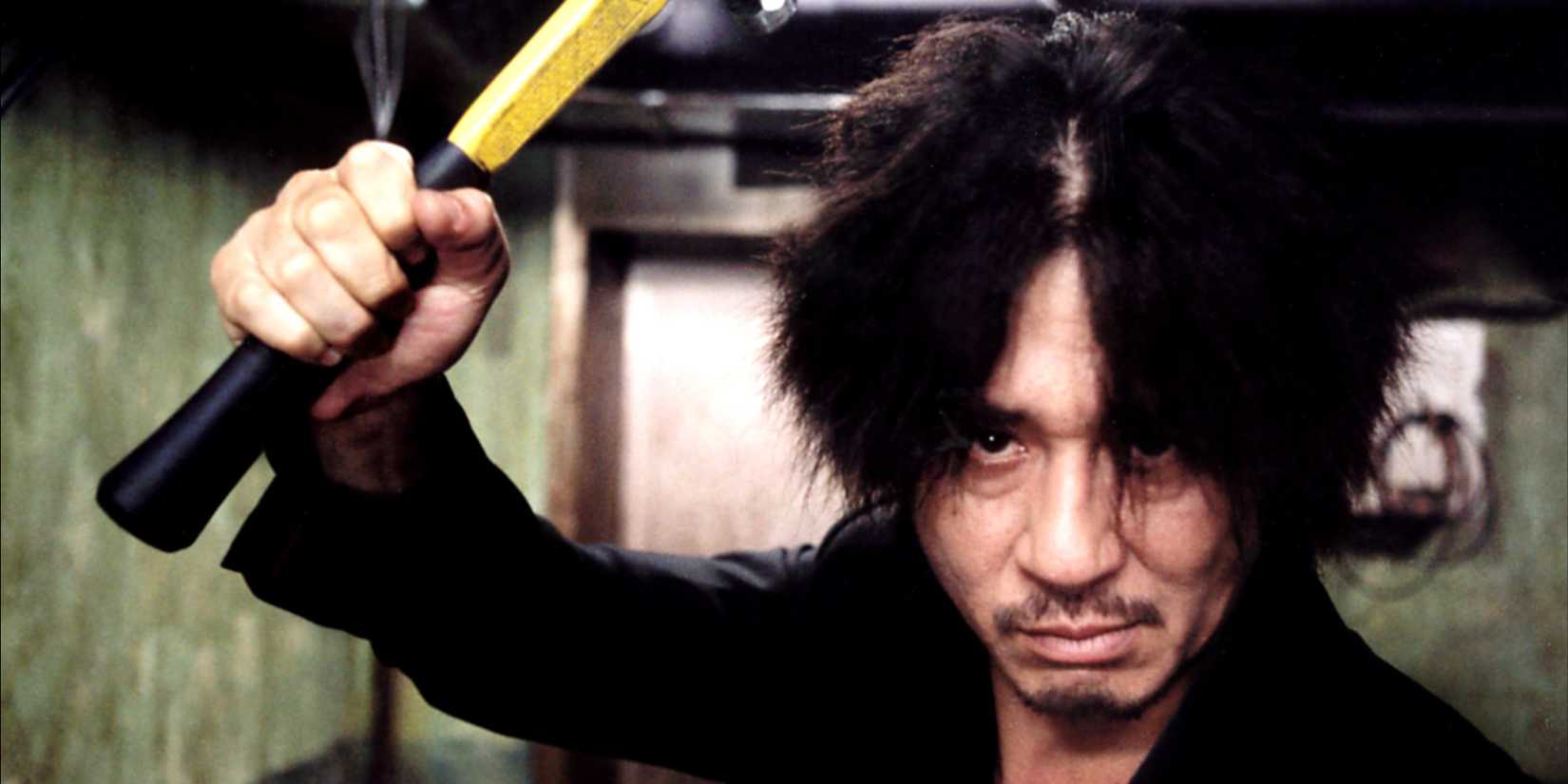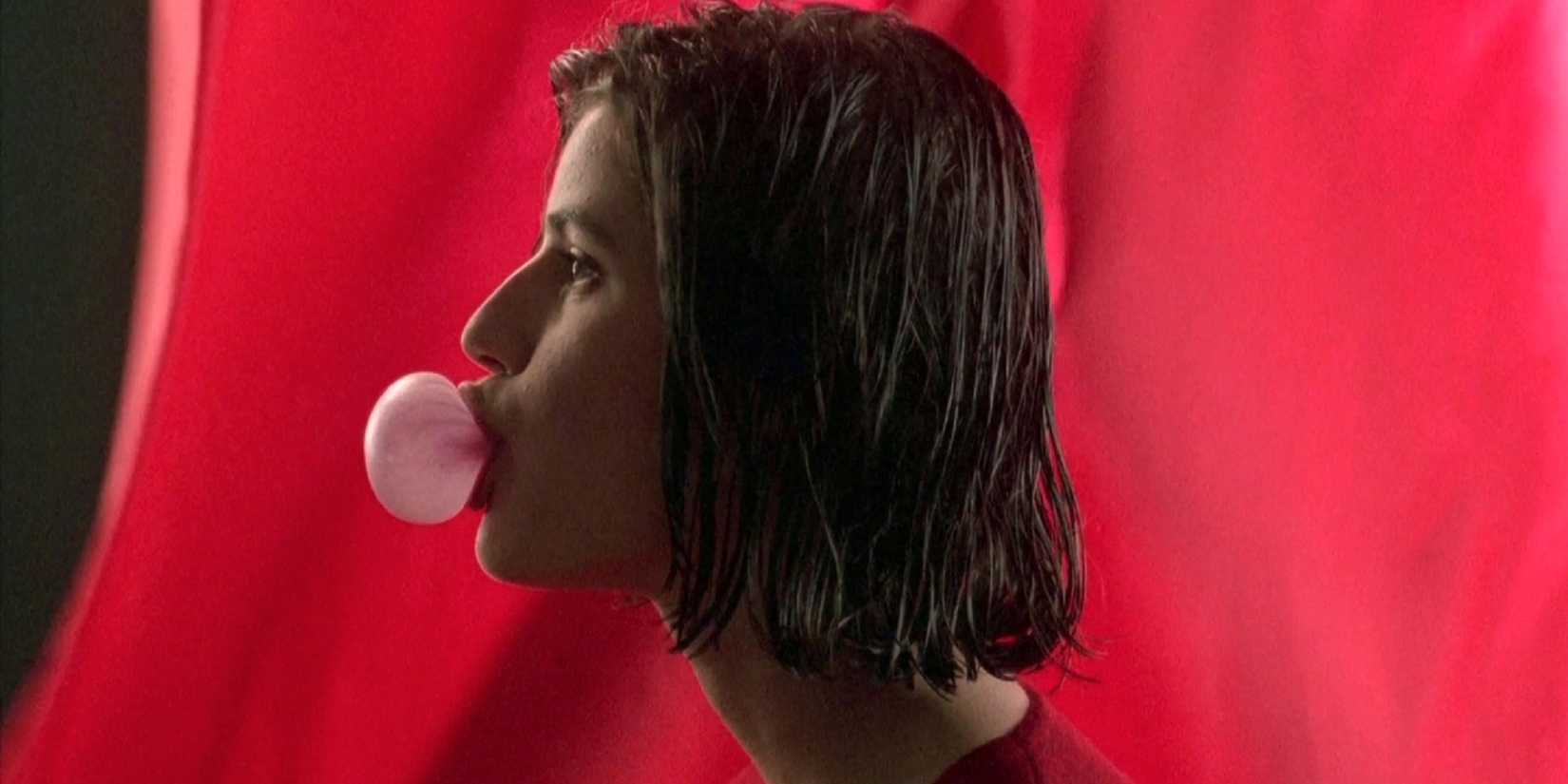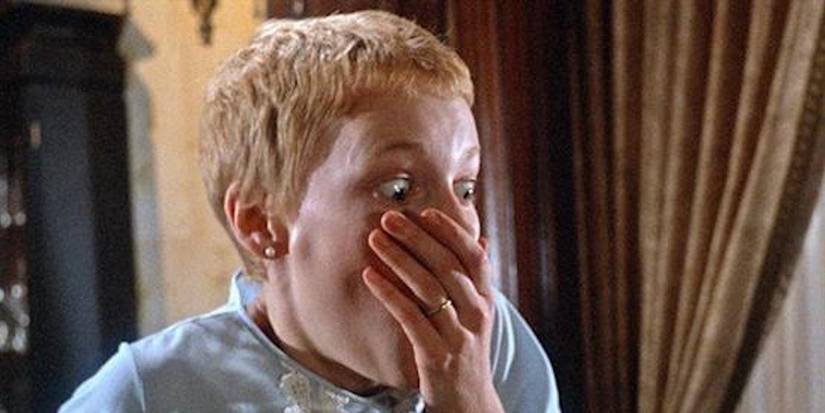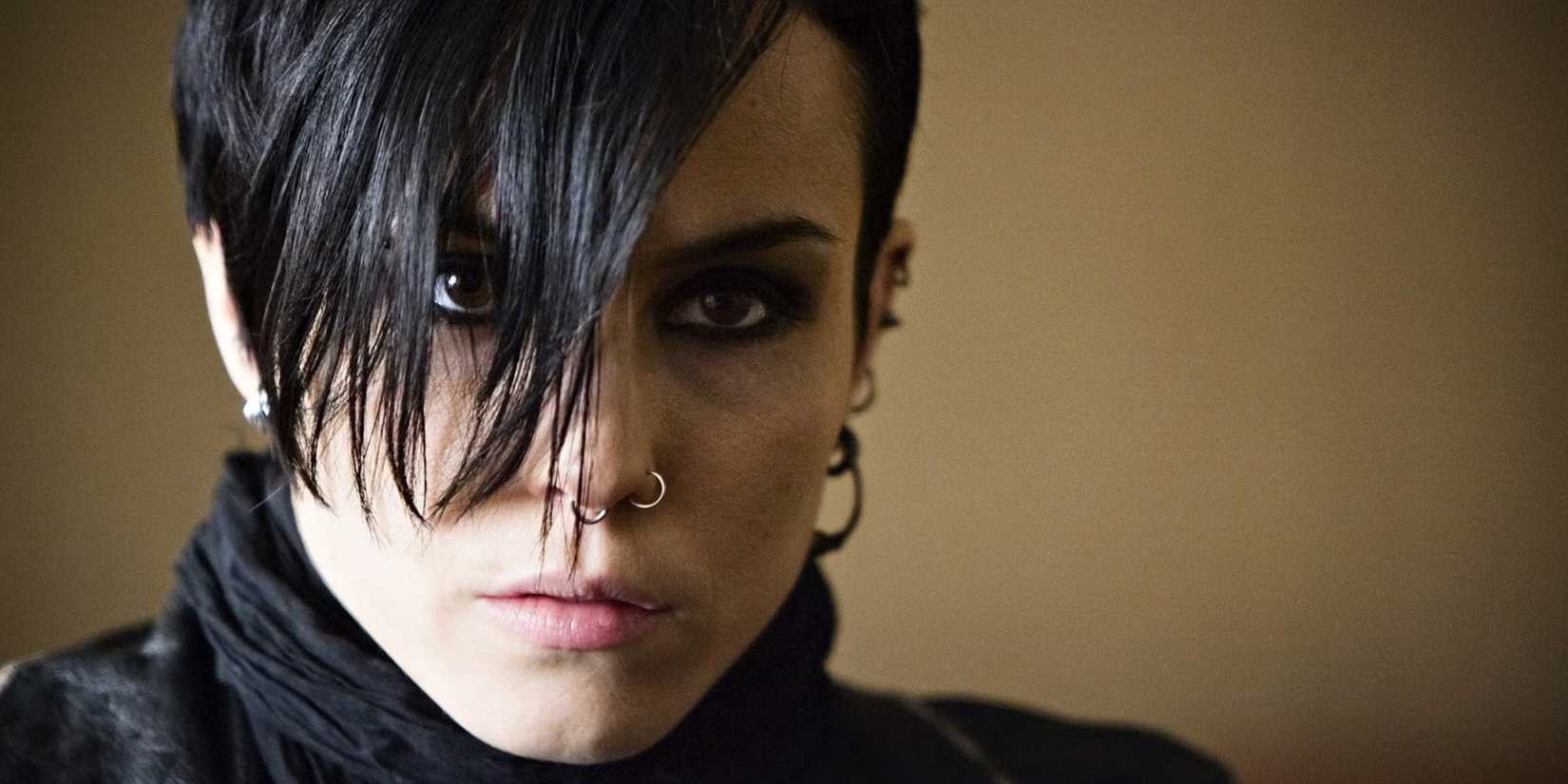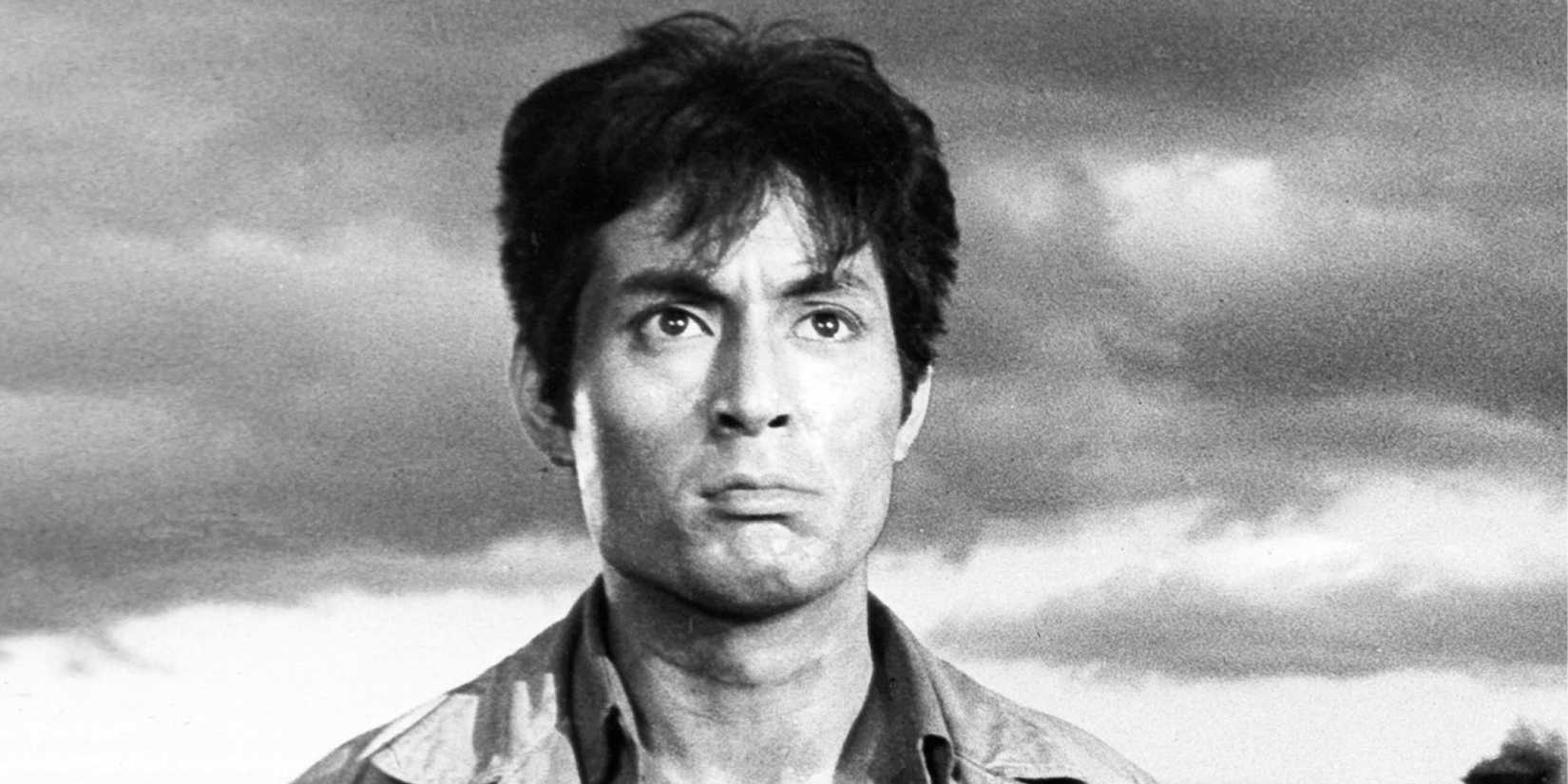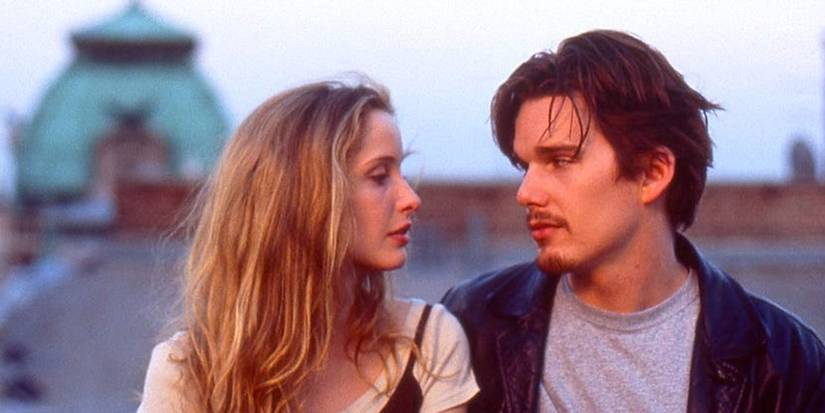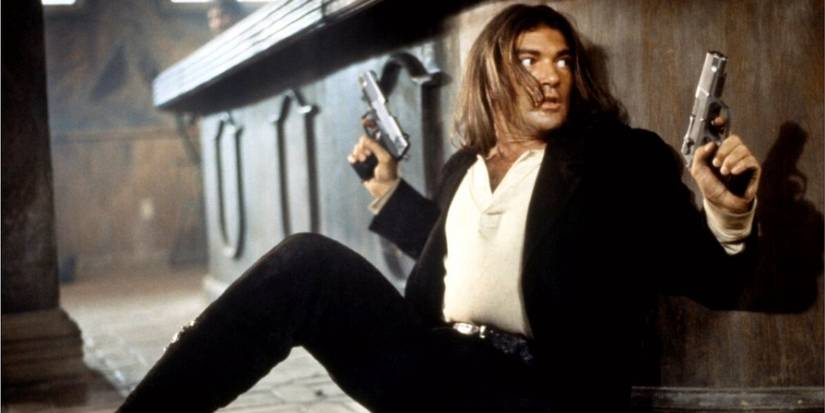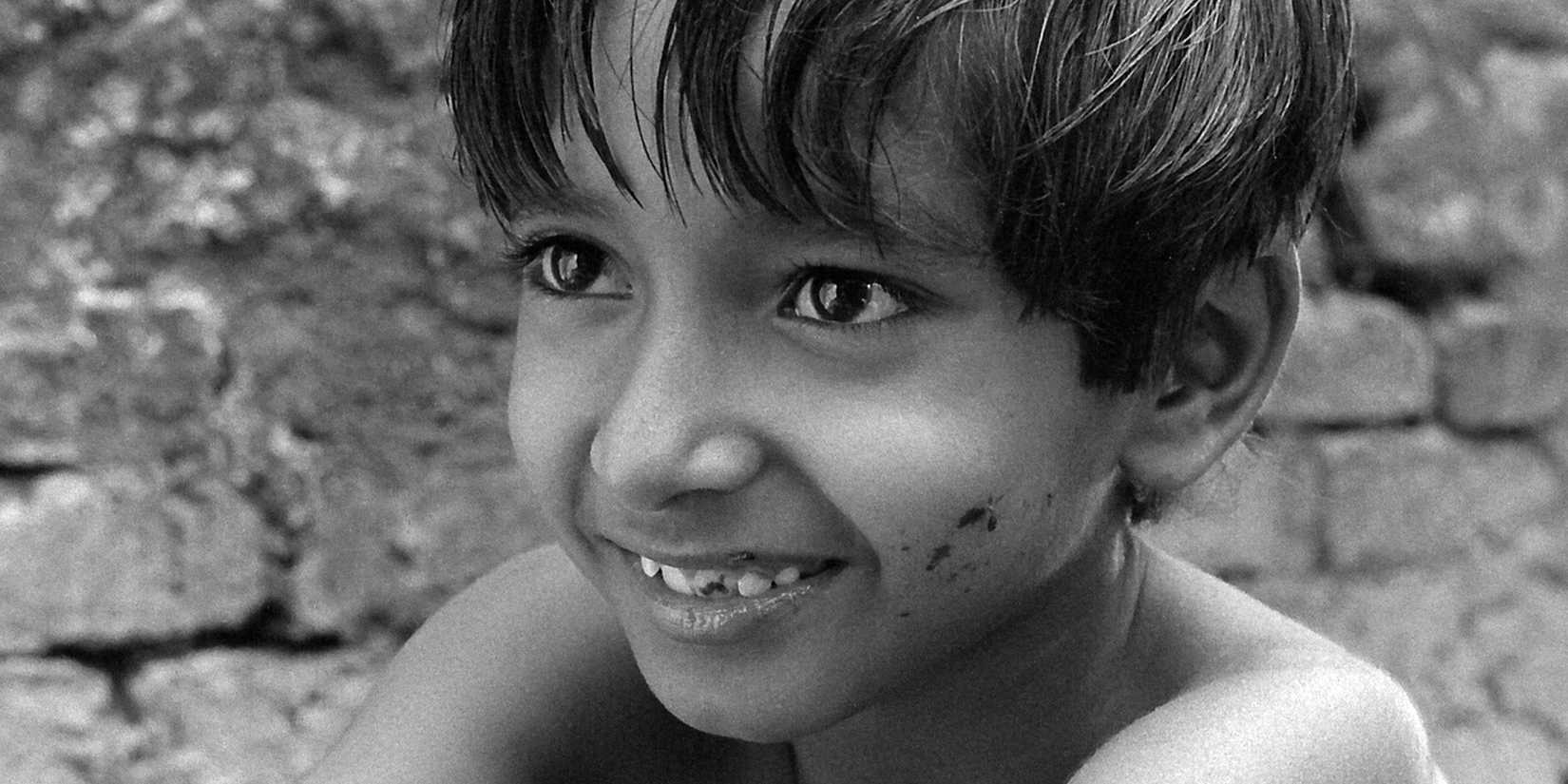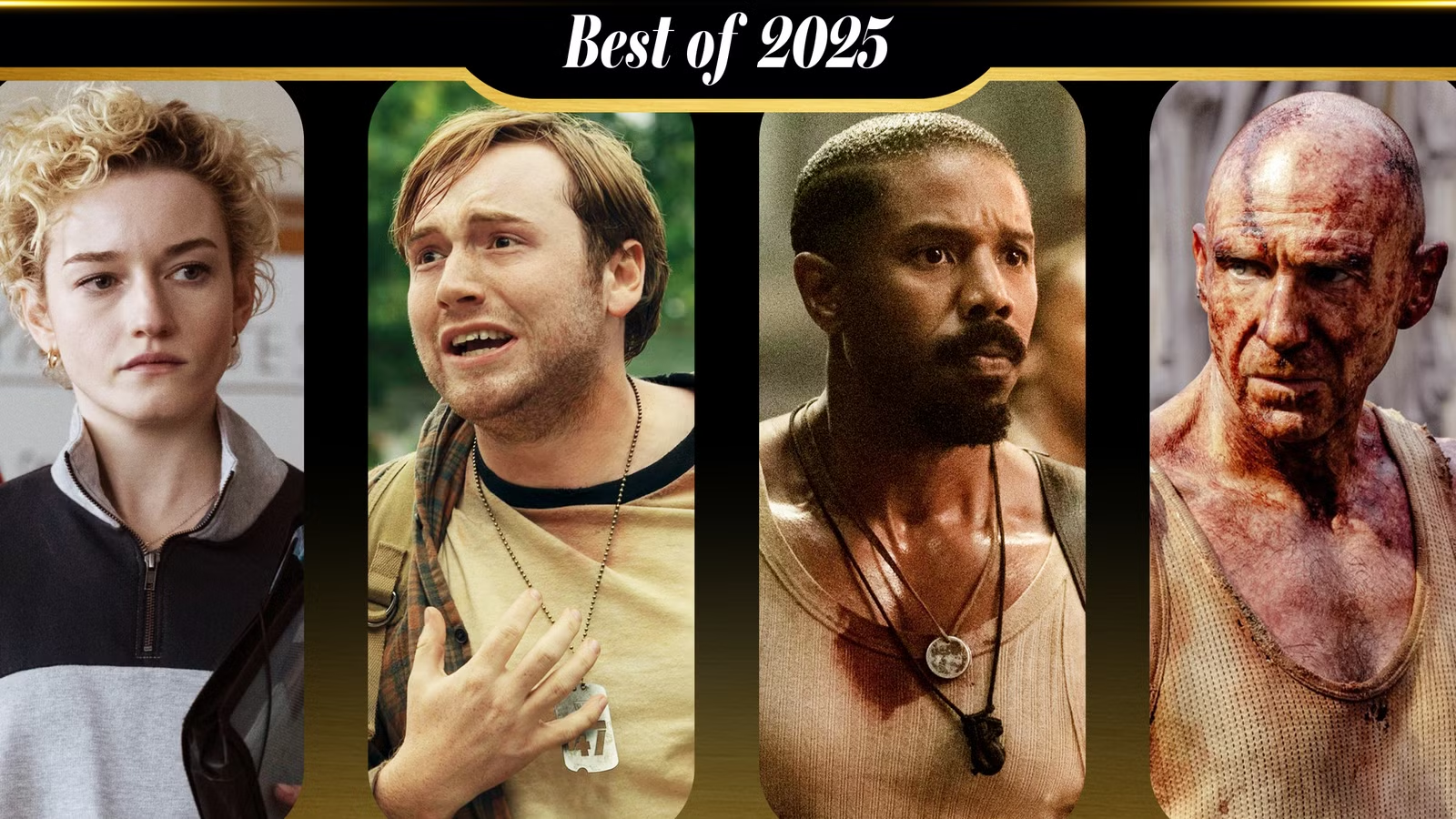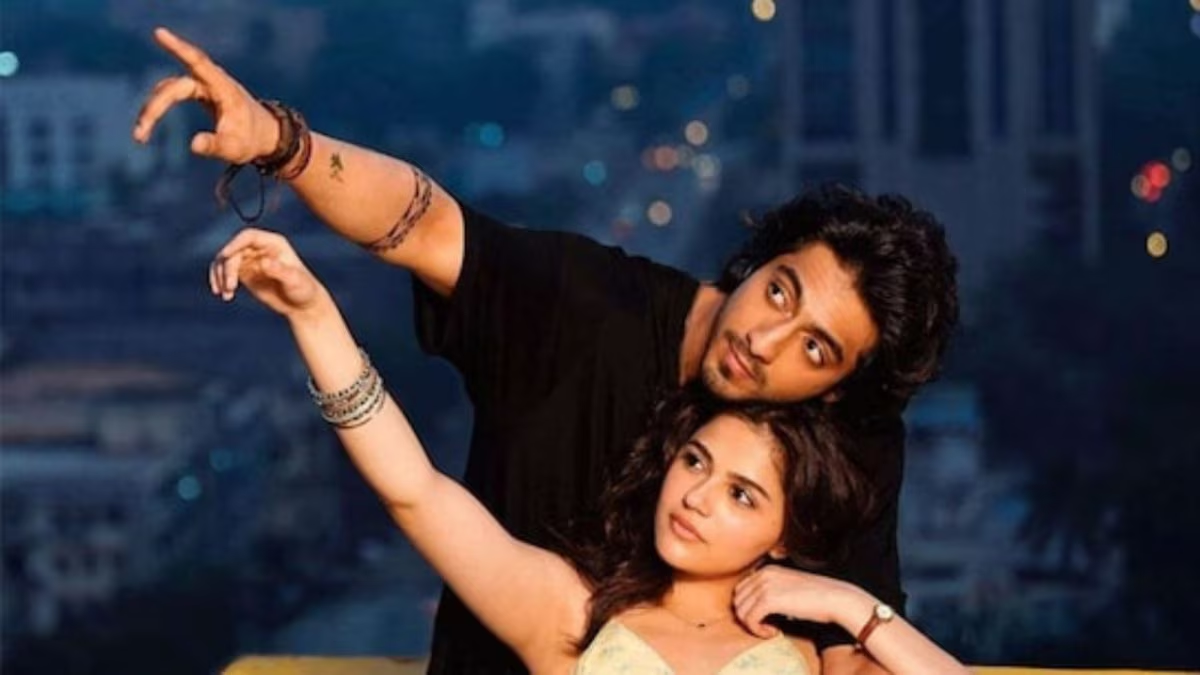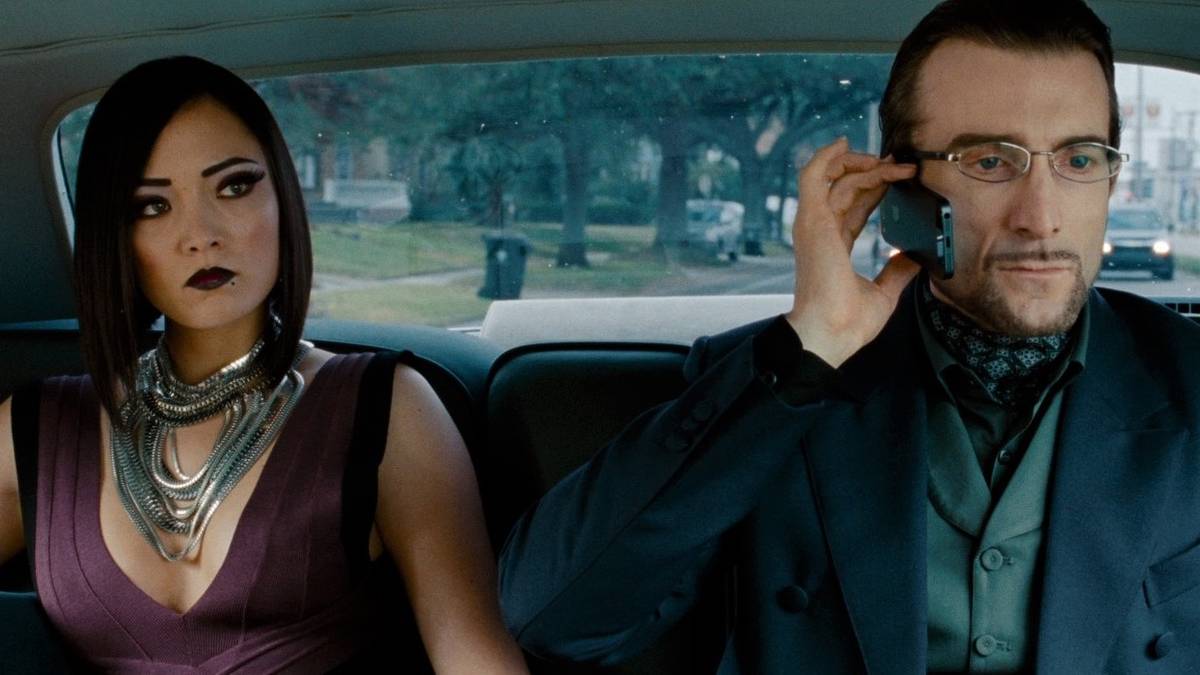
8 Greatest Movie Trilogies You Didn’t Know Existed
In the movie industry, the only thing better than one great movie is a series of great movies. It’s not just about marketing — there’s something deeply satisfying about a well-executed trilogy with consistent quality and thematic links. It’s an accomplishment that has been achieved by many great filmmakers, and many of the most celebrated films of all time have been part of trios.
While we could spend all day talking about famous movie trilogies like the Lord of the Rings movies or the Dark Knight films, those aren’t the ones we’re looking at here. This is about the more obscure, underrated, or niche film trilogies that still rank among the most important works in the history of cinema. Read on to discover our selection of some of the greatest movie trilogies you (probably) didn’t know existed.
8
The Vengeance Trilogy (2002 – 2005)
‘Sympathy for Mr. Vengeance’ (2002), ‘Oldboy’ (2003), and ‘Lady Vengeance’ (2005)
The movies of Park Chan-wook’s Vengeance Trilogy don’t have any narrative connections, but they do share thematic links. The series consists of 2002’s Sympathy for Mr. Vengeance (2002), Oldboy (2003), and Lady Vengeance (2005). Each film revolves around themes of ethics, violence, redemption, and, of course, vengeance.
Though the first movie, Sympathy for Mr. Vengeance, was a box office disappointment, the latter films of the series were commercial successes, and the series as a whole has earned widespread critical acclaim. Oldboy, the most famous of the series, enjoys a cult following and has inspired multiple international remakes, even winning the Grand Prix award at the 2004 Cannes Film Festival. The final film of the trilogy, which follows the story of a wrongfully imprisoned woman seeking revenge against the killer whose crime she was punished for, also earned several accolades, including the Blue Dragon Film Award for Best Film.
7
The Three Colours Trilogy (1993 – 1994)
Three Colours: Blue (1993), Three Colours: White (1994), and Three Colours: Red (1994)
The Three Colours trilogy is a collection of three psychological drama films directed and co-written by Krzysztof Kieślowski. An international co-production between France, Poland, and Switzerland, each film is named for a color from the Flag of France and examines the Revolutionary ideal it represents. Though the stories are not directly linked, the films are connected through cameo appearances of characters, establishing a shared world.
One of the most acclaimed film directors of all time, Kieślowski planned the Three Colours trilogy as his final masterwork, and kicked it off with the 1993 release of Three Colours: Blue. The next year saw the release of Three Colours: White and Three Colours: Red. All three films earned universal praise, with Red in particular receiving Academy Award nominations for Best Director, Best Original Screenplay, and Best Cinematography. The trilogy presents a grounded exploration of human interactions, which serves as a vehicle for greater introspection on political ideals and the subversion of established narrative tropes.
6
The Apartment Trilogy (1965 – 1979)
‘Repulsion’ (1965), ‘Rosemary’s Baby’ (1968), ‘The Tenant’ (1976)
Roman Polanski’s Apartment Trilogy is a collection of psychological horror thrillers, each of which features the protagonist’s apartment as a central element that reflects their mental state. The first film in the series, Repulsion (1965), stars Catherine Deneuve as a disturbed young woman who feels a deep revulsion towards anything sexual. The second film, Rosemary’s Baby (1968), stars Mia Farrow as a newly married woman who moves into a new apartment and becomes the target of a supernatural conspiracy. The final film, The Tenant (1976), stars Polanski himself as the lead character, Trelkovsky, a quiet but troubled man who moves into an apartment where the previous tenant tried to kill herself and begins to suspect that his neighbors are planning on killing him, too.
Repulsion was Polanski’s first English-language film, and it was favorably received by contemporary critics, but the later films had progressively worse reviews, facing criticisms for their lack of traditional horror and thriller elements. Retrospectively, however, each film has been reappraised as a seminal work of cinema and has developed a cult following. Rosemary’s Baby, in particular, is widely regarded as one of the best horror movies of all time, inspiring countless subsequent occult horror films.
5
The Millennium Trilogy (2009)
‘The Girl with the Dragon Tattoo’ (2009), ‘The Girl Who Played With Fire’ (2009), and ‘The Girl Who Kicked the Hornet’s Nest’ (2009)
Adapted from the novel series by Swedish author Stieg Larsson, the Millennium Trilogy explores mysterious cases involving anarchic hacker Lisbeth Salander (Noomi Rapace) and journalist Mikael Blomkvist (Michael Nyqvist). The first film, The Girl With the Dragon Tattoo, was directed by Niels Arden Oplev, and it’s easily the best-known movie in the series. The next two films, The Girl Who Played with Fire and The Girl Who Kicked the Hornets’ Nest, were directed by Daniel Alfredson, and all three movies were released in the same year.
The Girl with the Dragon Tattoo is the most famous Millennium film, largely because of its American remake by David Fincher, but all three are gripping movies with intense noir plotlines. Though the series’ later films weren’t as well-received, the first film was a cultural phenomenon in its day, and its main character, Lisbeth Salander, is easily one of the most celebrated Nordic noir protagonists of all time. Anchored by the stellar performances of its leads, the Millennium films are a thrilling exploration of complex, violent conspiracies seen through a gritty and brutally honest perspective.
4
The Human Condition Trilogy (1959 – 1961)
‘No Greater Love’ (1959), ‘Road to Eternity’ (1959), and ‘A Soldier’s Prayer’ (1961)
Based on Junpei Gomikawa’s eponymous novel, The Human Condition trilogy is a series of Japanese war drama films co-written and directed by Masaki Kobayashi. Titled No Greater Love (1959), Road to Eternity (1959), and A Soldier’s Prayer (1961), the films star Tatsuya Nakadai as Kaji, an idealistic and good-hearted man, following the unending tragedies of his life as he is slowly crushed by his experiences as a soldier for a totalitarian government during World War II. As he becomes, in turn, a labor camp supervisor, an Imperial Army soldier, and a Soviet POW, the only thing keeping him going is his hope of one day reuniting with his loving wife, Michiko (Michiyo Aratama).
An epic cycle on par with classical Greek tragedies, Kobayashi’s Human Condition series was highly controversial in Japan, but it earned high critical acclaim, won multiple international awards, and established its director as one of the country’s most important filmmakers. Though set during WWII, they are not necessarily war movies, as the focus isn’t on the warfare but on the psychological duress suffered by its victims. It’s a highly emotional and extraordinarily compelling three-part drama that simultaneously explores the human-made horrors of wartime and the stubborn, undying resilience of the human spirit.
3
Before Trilogy (1995 – 2013)
‘Before Sunrise’ (1995), ‘Before Sunset’ (2004), ‘Before Midnight’ (2013)
Directed by Richard Linklater, the Before Trilogy is a collection of romance dramas starring Ethan Hawke and Julie Delpy as Jesse and Céline, who meet as young students aboard a train to Paris in 1995’s Before Sunrise. Set and filmed at nine-year intervals, the subsequent films, Before Sunset (2004) and Before Midnight (2013), explore their relationship at different periods in their lives. Over the course of the trilogy, we see Jesse and Céline fall in love, rediscover their spark, and endure significant tests of their connection, each over the course of a single night, afternoon, and day, respectively.
Minimalistic, slice-of-life dramas that take a character-driven approach, the Before movies are a heartfelt love story that takes a look at romance in its totality, not just as a series of incidents culminating in a drive into the sunset. The trilogy has earned high critical acclaim, and the movies have collectively grossed over $61.5 million worldwide. Altogether, the series has been nominated for two Academy Awards, two WGA Awards, and a Golden Globe, with Before Sunrise winning Linklater the Silver Bear for Best Director at the Berlin International Film Festival.
2
The Mexico Trilogy (1993 – 2003)
‘El Mariachi’ (1993), ‘Desperado’ (1995), ‘Once Upon a Time in Mexico’ (2003)
Written and directed by Robert Rodriguez, the Mexico Trilogy is a series of American-Mexican westerns following the various adventures of a man known only as El Mariachi. Also known as the Desperado Trilogy and El Mariachi Trilogy, the series began with 1993’s El Mariachi, an ultra-low-budget film self-produced by Rodriguez with Carlos Gallardo starring in the title role. The movie’s unexpected success led to the release of two sequels, Desperado (1995) and Once Upon a Time in Mexico (2003), both starring Antonio Banderas as the protagonist.
Today, Robert Rodriguez is easily one of the most successful filmmakers in the world, the celebrated director behind iconic movies like From Dusk Till Dawn and the Spy Kids franchise. But none of those would have been possible if it weren’t for El Mariachi, a movie that set a Guinness World Record for being the lowest-budgeted film ever to gross $1 million at the box office. A collection of old-school gunslinger Westerns with highly entertaining stories, great music, and charismatic performances, the Mexico trilogy has earned praise from critics and genre fans and been awarded several accolades.
1
The Apu Trilogy (1955 – 1959)
‘Pather Panchali’ (1955), ‘Aparajito’ (1956), and ‘The World of Apu’ (1959)
Directed by Satyajit Ray, the Apu Trilogy is a collection of three Bengali-language dramas that chronicle the childhood, education, and maturity of the titular protagonist. The series began with 1955’s Pather Panchali, which stars Subir Banerjee as the young Apurba “Apu” Roy and follows his early life in the countryside in late-1910s Bengal. The second film, Aparajito, stars Pinaki Sengupta and Smaran Ghosal and follows Apu’s life as an adolescent in Varanasi. The final movie, 1959’s The World of Apu, stars Soumitra Chatterjee as an adult Apu, now living in Calcutta, with Sharmila Tagore co-starring as his wife, Aparna.
Adapted from two of the most celebrated Bengali novels of all time, Satyajit Ray’s Apu Trilogy is widely recognized as a cinematic masterpiece. Though the films aren’t as well known outside of scholarly circles these days, they are easily among the greatest movies ever made, earning universal acclaim and winning multiple accolades. The series has had a significant impact on the development of modern cinema, inspiring the works of many of our most prominent filmmakers, including Martin Scorsese, Wes Anderson, Barry Jenkins, and more.

